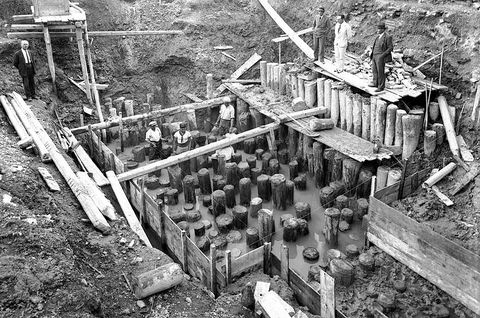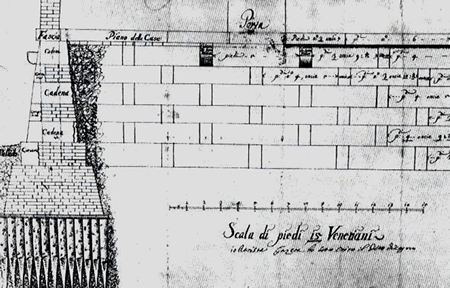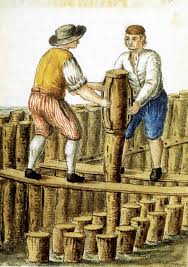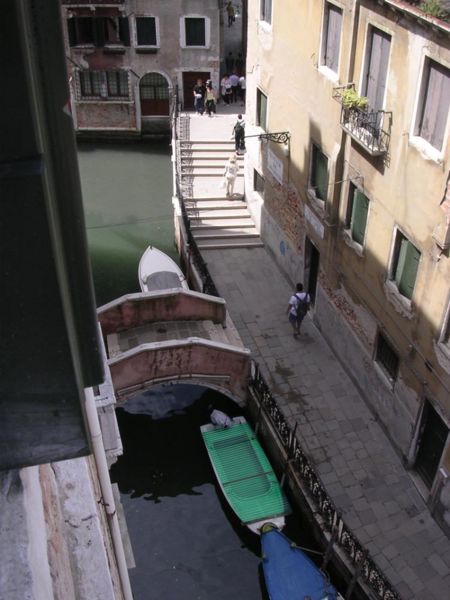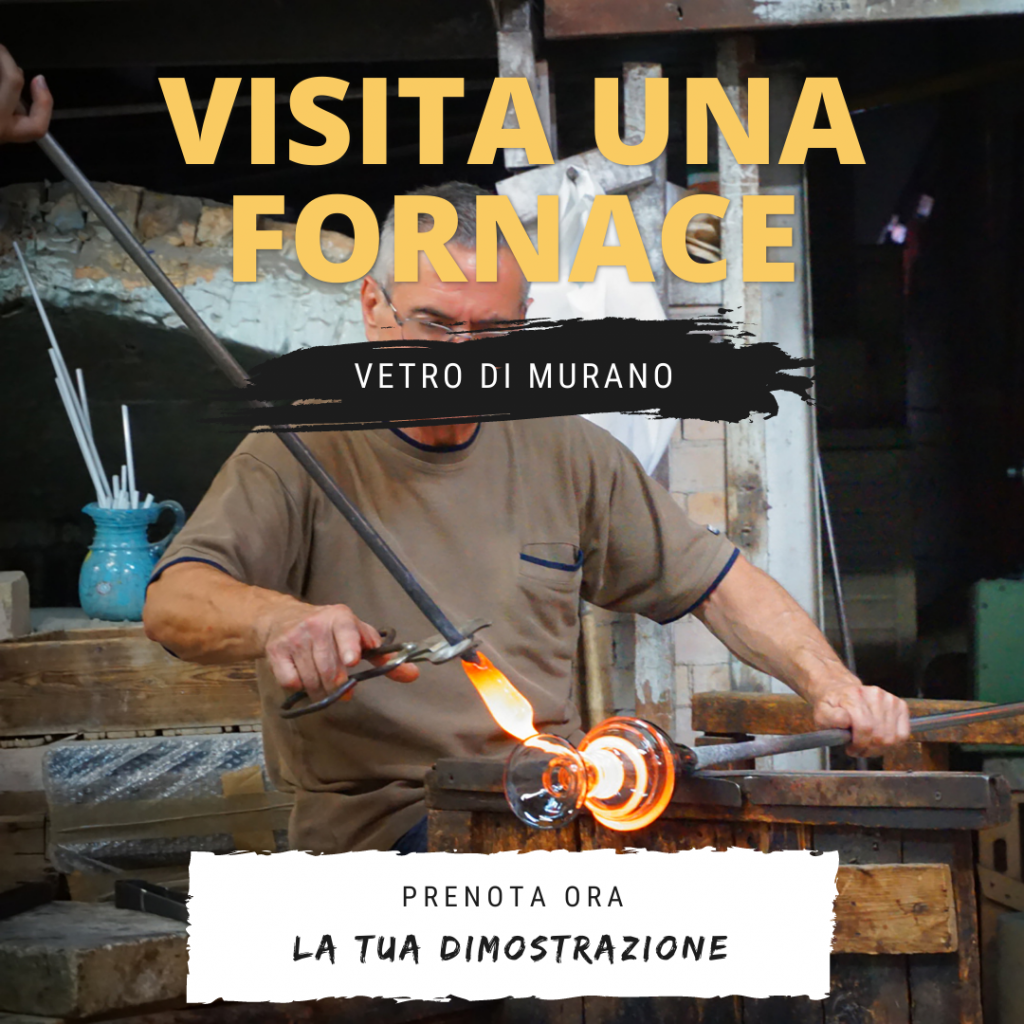The foundations of Venetian palazzos
How are building the foundations of Venetian palazzos?
The foundations of the buildings of Venice, since ancient times follow the same system that is called a indirect foundation.
The whole town was built as if it were in a shallow marsh, for which the area was to be built first solidified planting of sharp wooden poles (larch or oak), short and gnarled until it reaches a layer of soil particularly hard and compact clay, said caranto, of particular consistency, which is located at about ten meters below the layer of soil to be built.
The arrangement of the poles is carried out according to a multiple alignment, along the strip of ground above which will elevate the walls.
If the layer of caranto is too deep and the posts do not arrive, in whole or in part, to conficcarvisi, the sub-foundation is made by compaction. In this case the poles are planted on the entire surface above the joists of the building, before closing the loop with a dense palisade and then proceeding inside with a spiral design towards the center of the area.
This procedure is made if the building to be sustained is very heavy, as for instance the Bell Tower of St. Mark.
Above the heads of the poles two crossed layers are bound together by larch planks. Above this special raft is high the real foundation, formed by a plinth to the wall, ie in the socket with the slightly sloping walls, at fairly regular layers of stone blocks of Istrian. Above the stone wall they are placed columns, or the walls of the building.
With this type of foundation only the part in Stone of Istria stays to contact with the salty water and the air, while the parts in wood stay you hammer in the mud or in the caranto, suffering with the time a process of mineralizzazione that rather than to decay they make it resistant more and more. The Stone of Istria for his compact and particularly impermeable nature, or however not subject to also modify him to contact with erosive elements, only solution results to sustain the huge weight of the Venetian factories.
If well our Progenitors have been confined in these islands, surrounded by velma, him however they have widened how much it behaved the site of the place, making up for to the defect of the nature with the art and this so much more, how much with the years increased the city, and the air for the contest of the people, for them many fires, for the continuous flow and reflux of the Sea, vague tenements were manufactured and sumptuous Palazzos.
The foundations of such buildings are now made of strong poles of oak, that eternally last under water for respect of the slippery fund and not firm point of the swamp. These rents for strength in the ground, then stopped with big beams, and full between the one and the other of wrecks of stone, they succeed for the coagulation and taking their as bases so stable, and firm, that sustain every big and firm wall.
The sones are had by the Brenta, and from the Beach, but the sweet ones are best.
Lumber are brought us in abundance for the Rivers from the Mountains of the Cadore and near Treviso; the alive stones proceed from Rovigo and from Brioni; and the iron from the Lombardy.
This way it became magnificent this Metropolis to the peer of ogn’altra to the World, from what they are admired with amazement Monasteries, Churches, Towers and many other of sum massive structure, as well as immovable, sustained by ruinous relics of lands, desolate or from the insult of the times, or from the ferocity of the Barbarians.
To the Signor Pubblico Foreman Antonio Mantoan, because succeeds to our easier duty this difficle it conceives, we made invocation.
With these words the Dutch draftsman born in Venice Jan Grevembroch, accompanied the sketch painted of the palificatoris, preserved to the Museum to Race, doing part of the harvest that illustrated uses and customs, arts and works, suits and hair styles of various epochs and social classes together with manufactured articles of the city of Venice.
Up to here you were mentioned the foundations of the buildings, that unlike Fondamenta which are the roads that run parallel to the canals. Since nell’alveo channel the carat layer may also have been partially eroded by the movement of the tides, the construction of the Venetian houses could not be built on inconsistent bases.
That is why the construction of the lagoon land should follow the trend, not always regular, the canals.
When alongside the canals is added a walkway that is called Fondamenta.
In the sestiere of Cannaregio most of the canals are lined with fondamenta, see the Rio de la Misericordia and the other parallel streams, or Rio dei Mendicanti to Castello, while dens canals, Rio Marin, Canale di Cannaregio or Rio de la fornace are lined with fondamenta on both sides.

